Can I Have Carpal Tunnel Release On Both Sides At Once?
Can I Have Carpal Tunnel Release On Both Sides At Once?
Unfortunately, carpal tunnel syndrome is very common. One out of every 20 adult Americans has this condition, which can interfere with sleep, work, and free-time activities. Worse still, many have severe problems in both hands.
Sometimes simple treatments for carpal tunnel can help to quiet down the symptoms, especially if the symptoms came on recently. These include oral anti-inflammatories such as steroids or NSAIDs, wearing a wrist splint at night, avoiding activities that make the symptoms worse, and even injections performed by a hand surgeon such as Dr. Nelson.
But what do I do when carpal tunnel on both sides does not get better?
Carpal tunnel release is the time-tested treatment for carpal tunnel syndrome. It reliably and quickly relieves the numbness, tingling, and especially night pain and gripping pain due to carpal tunnel syndrome. And in most patients, it does this permanently!
However, patients with carpal tunnel on both sides, also known as “bilateral carpal tunnel syndrome,” worry about having surgery on both hands at the same time. Some are concerned that they will not be able to take care of themselves. For example, they are worried that dressing, going to the bathroom, picking up a small child will become too difficult. Simply put, they feel they need to have one “good hand” to help out while the operated hand heals.
But with new technology and a technique offered by North Carolina Carpal Tunnel Specialist Dr. Johnny T. Nelson, MD, this is no longer the case.
For many years, carpal tunnel release was done with an open incision in the palm. While this treats and cures the symptoms of carpal tunnel syndrome, the incision in the palm can be painful, especially in the early days after surgery. This can require a prolonged healing time, where heavy or even simple, light activities around the house can be difficult.
However, Dr. Johnny T. Nelson is an expert in the treatment of carpal tunnel syndrome under ultrasound guidance!
Due to the extremely small “poke” incision on the wrist, without an incision on the palm, the same release and relief of symptoms can be done “inside-out” while shortening the period of healing pain after the surgery. With ultrasound-guided carpal tunnel release, most patients with carpal tunnel on both sides have it treated on the same day. With ultrasound-guided carpal tunnel release, you may return to all activities immediately, including cooking, hygiene, dressing, and even work, including heavy or repetitive labor.
Since 2022, 50% of patients treated by Dr. Johnny T. Nelson, MD have both carpal tunnels released at the same time!
If you have carpal tunnel on both sides and you are ready to be free of your symptoms, ultrasound-guided carpal tunnel release on the same day for both hands is often the best option for you. But remember, every patient is different! Your treatment plan depends on a one-on-one consultation with Dr. Johnny T. Nelson MD, North Carolina Carpal Tunnel Specialist. Call 919-872-5296 for an appointment.
Can I Have Carpal Tunnel Release On Both Sides At Once? Read More »

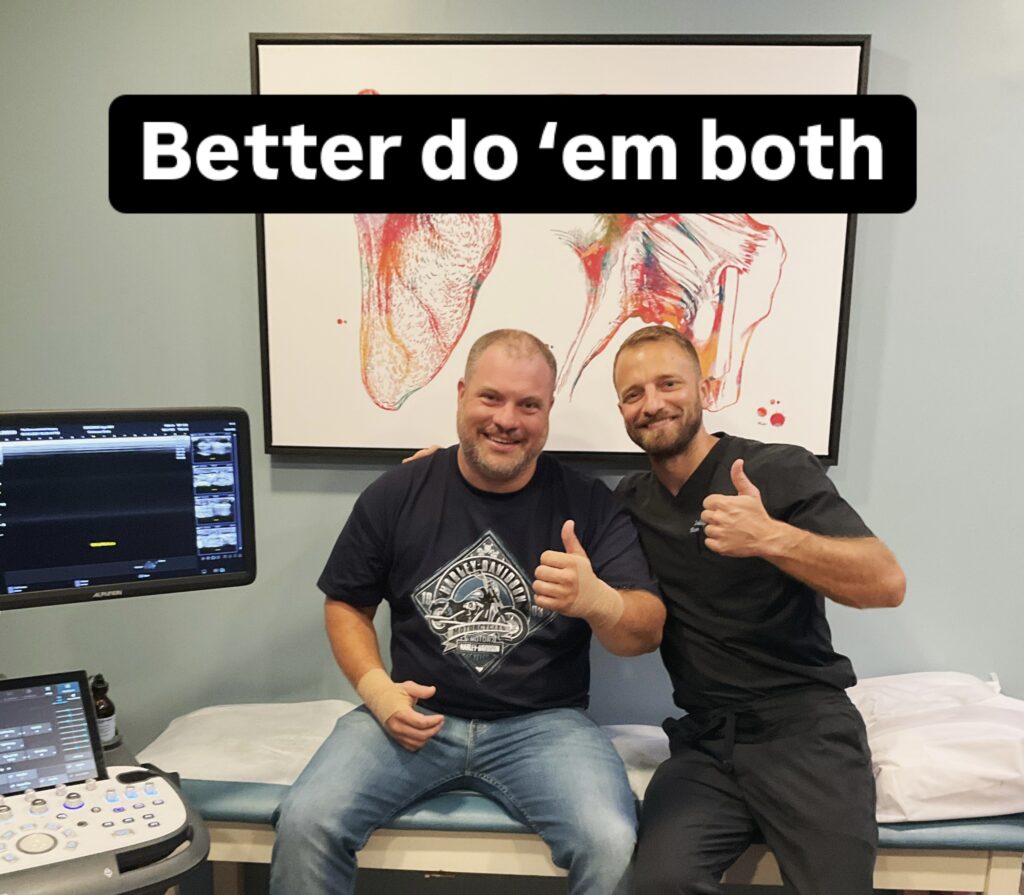

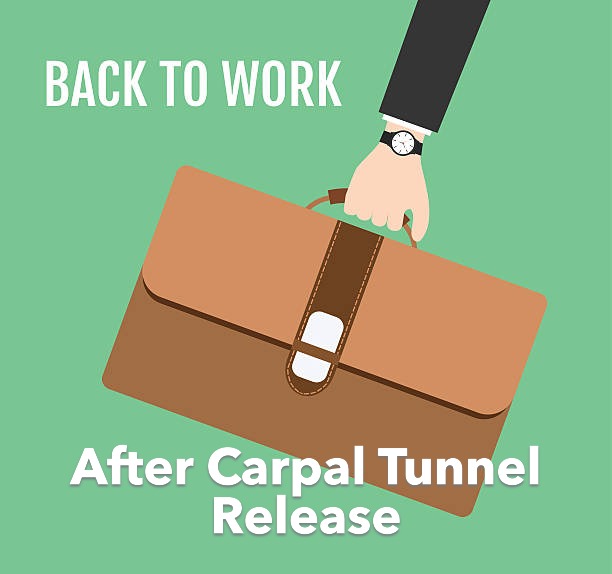

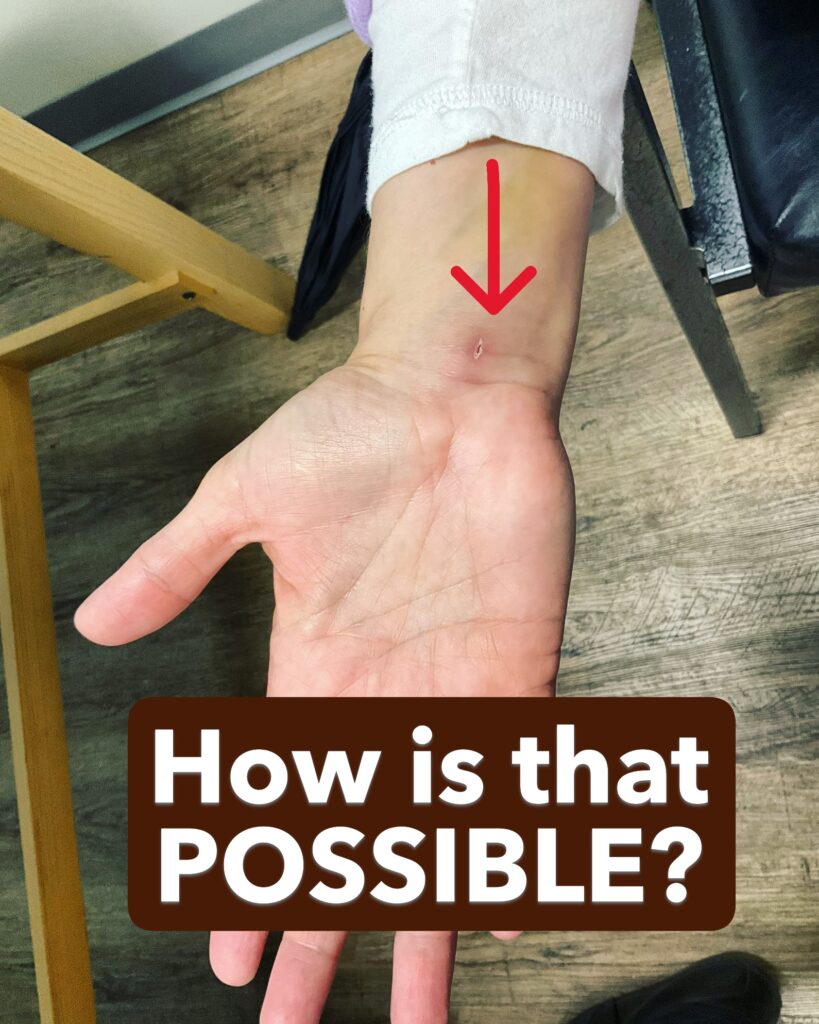
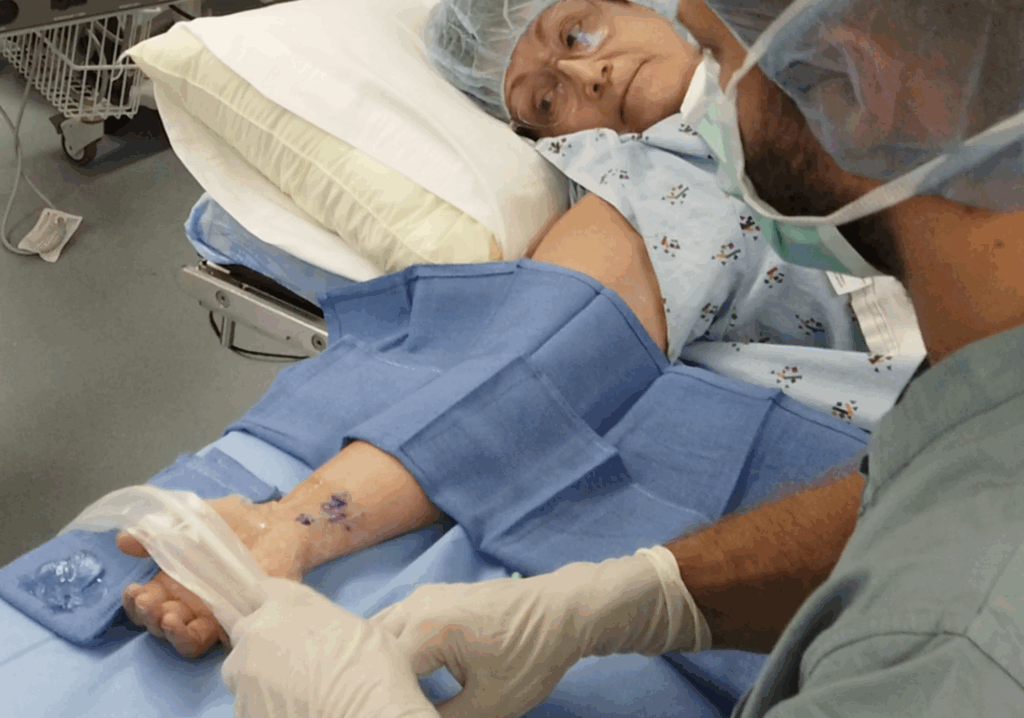


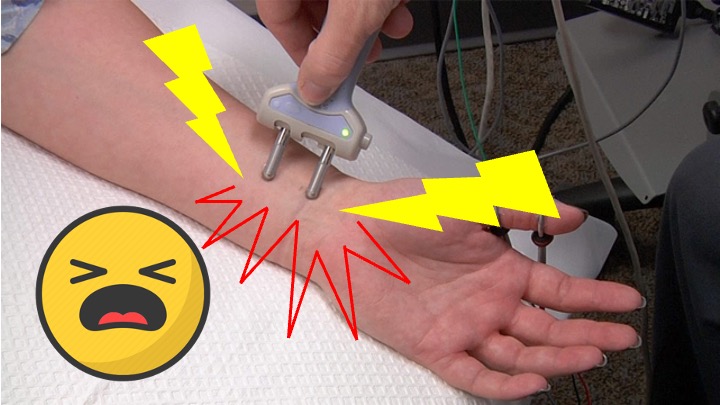
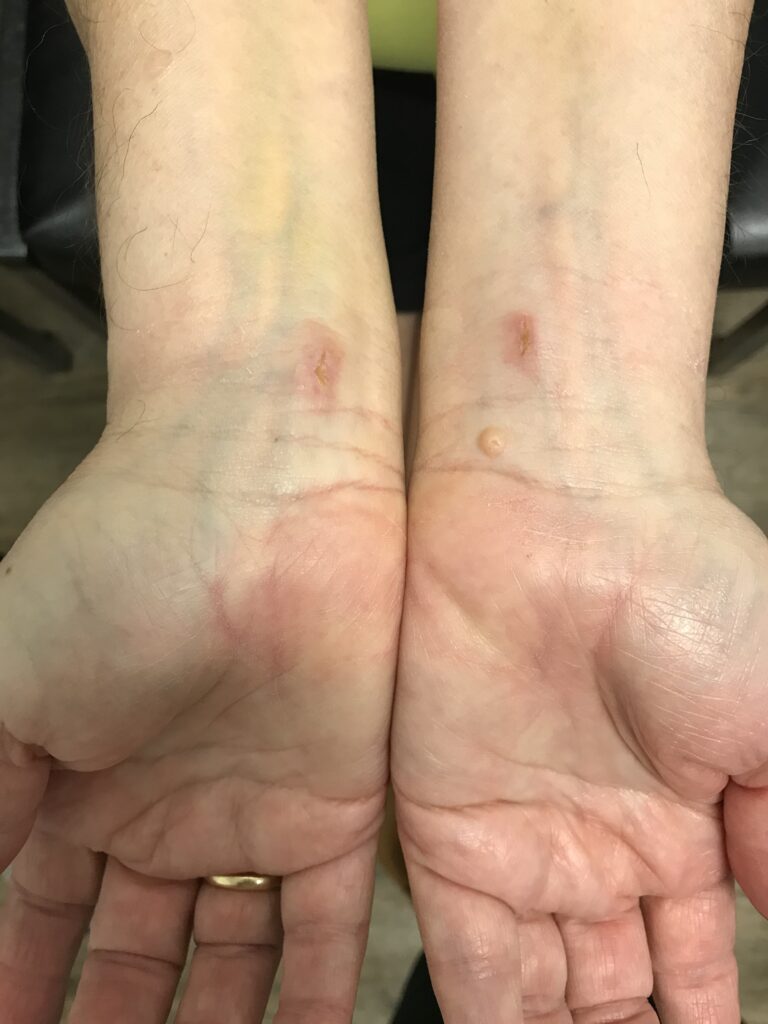
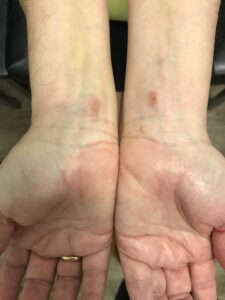 When a surgeon, such as
When a surgeon, such as 
